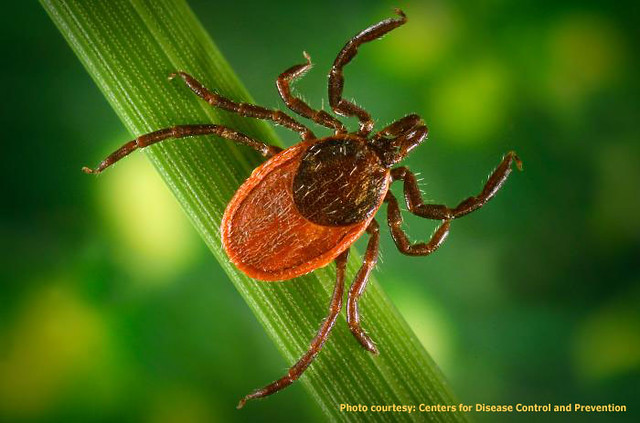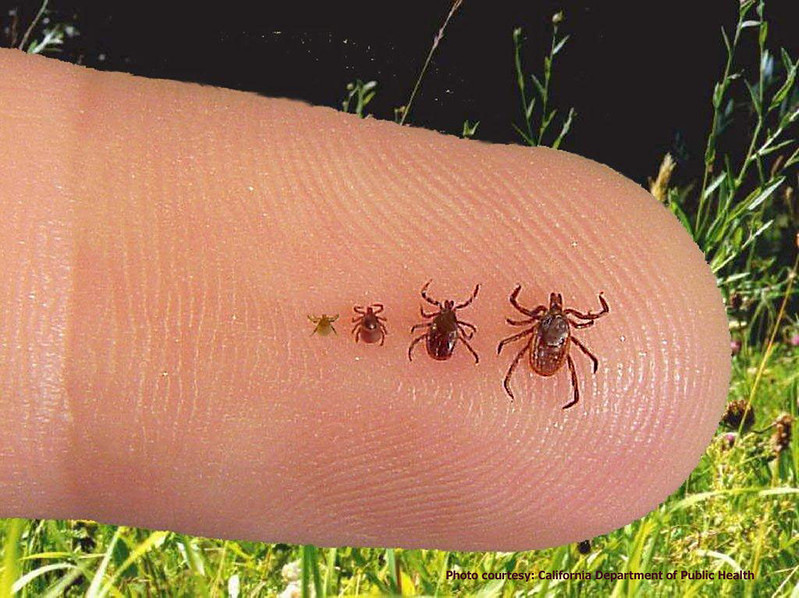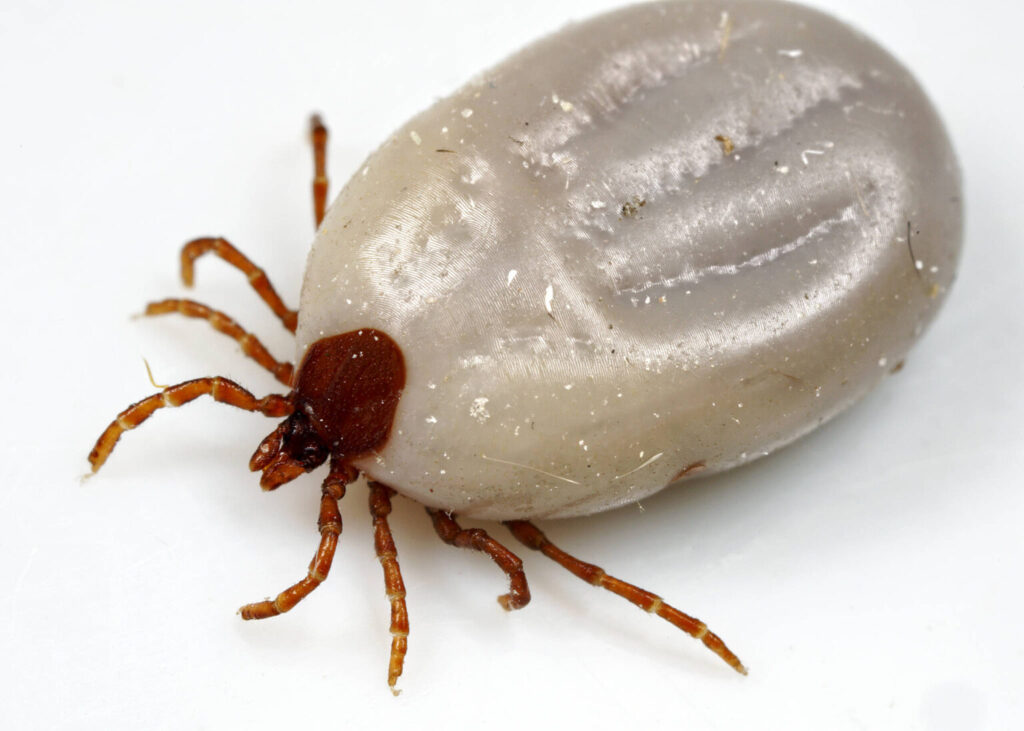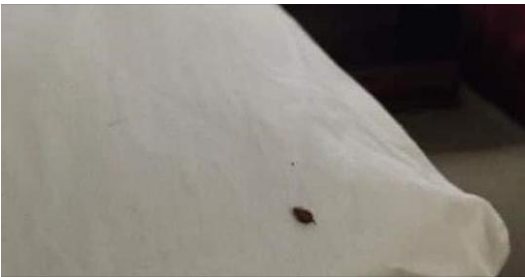Ticks are parasitic arachnids that feed on the blood of animals and humans. They are found in fields, forests, and even in our homes. Ticks can transmit serious illnesses like Lyme disease, Rocky Mountain spotted fever, and tularemia. In this guide, we will explore how to spot, remove, and prevent ticks.
Ticks have a unique life cycle that involves four stages: egg, larva, nymph, and adult. The larva stage is also known as the seed tick stage, and it’s during this stage that they attach themselves to hosts to feed on their blood. After feeding, they detach and transform into nymphs, which look like small adult ticks. Adult ticks feed on blood and can transmit diseases.

To spot ticks, you need to know where to look. They like to hide in long grass, scrub, and woodlands. When checking for ticks, focus on areas like the hair and ears, between the legs, knees, armpits, waist, and belly button. It’s essential to check yourself, your family members, and pets regularly, especially after spending time outdoors.
Removing ticks requires care and attention. Use fine-tipped tweezers to grasp the tick as close to the skin as possible. Pull upward with steady, even pressure, and avoid twisting or jerking the tick. Clean the bite area with soap and water and apply an antiseptic.

Preventing ticks from entering your home requires a multi-faceted approach. Keep your yard clean, and remove any leaf litter, clear weeds, and trim bushes. Use tick repellents on your skin and clothing, and wash your clothes in hot water and dry them on high heat. Consider using a dehumidifier to reduce moisture, which ticks need to survive.

It’s also essential to know how to prevent ticks from attaching to you and your pets. Wear protective clothing, use tick repellents, and avoid areas with long grass and leaf litter. Check your pets regularly, and use tick preventatives on them.
In conclusion, ticks are a serious health risk, but with knowledge and prevention, you can reduce the risk of tick-borne illnesses. Remember to spot, remove, and prevent ticks to keep yourself, your family, and pets safe.


